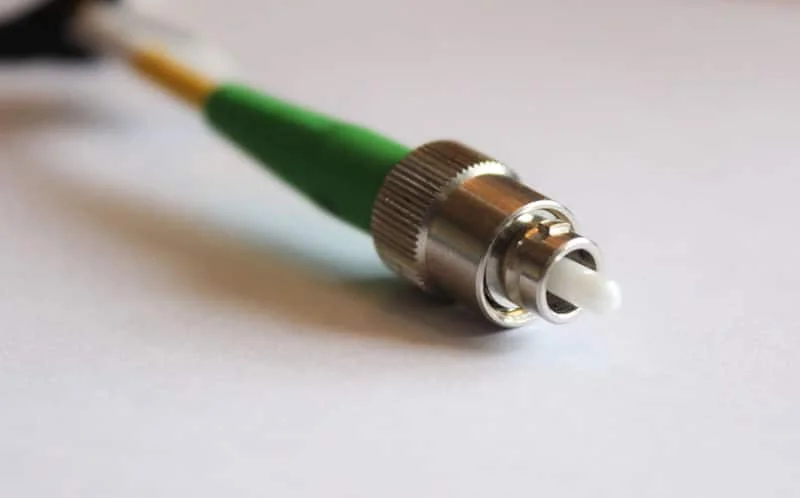RF Fiber Transmission
Radio frequency over fiber (RFoF) refers to the technology in which a radio frequency analog signal modulates a light source (laser) and transmits it through an optical fiber link. Using RFoF technology, high frequency and large bandwidth can be distributed over long distances with extremely low loss and minimal impact on signal integrity.
The large-bandwidth spectrum used in general satellite communications is usually referred to as C, Ka, and Ku bands. The antenna receives signals from the satellite at frequencies above 6 GHz, and then usually after the LNA, these received signals are down-converted to an intermediate frequency in the L-band (850-2450 MHz). Hongke has a field-proven L-band system, not only for RFoF solutions, but also for RF matrix, redundant switch and RF distribution equipment.
Today, coaxial RF transmission is the only option for transmitting RF signals in wired networks, and the ubiquitous use of the L-band in the terrestrial segment is a relic of the times. Of course, when it comes to coax distribution, IF should be kept as low as possible due to the intense focus on higher frequencies, but almost all infrastructure for large teleportation today is already fiber based, and that's up for discussion Carry higher frequencies on fiber optic links.

Broadband RF Optical Fiber Transmission System
Using advanced communication technologies, optical fiber can efficiently transmit analog signals over long distances within its frequency band without down-converting high frequencies. Transmitting from the antenna site without up/down conversion from/to L-band prevents potential signal fading due to any distortion caused by local oscillator and mixer elements due to fewer components in the signal chain , improve the reliability of the whole system.
Such direct microwave transmission enables and simplifies applications such as long-distance antenna diversity, split-and-centralize downconversion and demodulation, and cascaded modulator topologies. For example, for the uplink, it can be implemented to place the modulator and the local oscillator at different locations in antenna remote applications.









